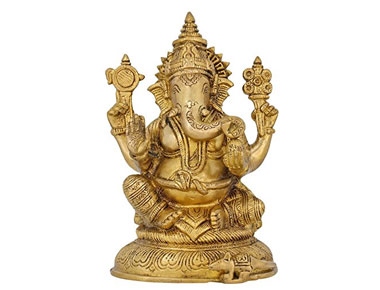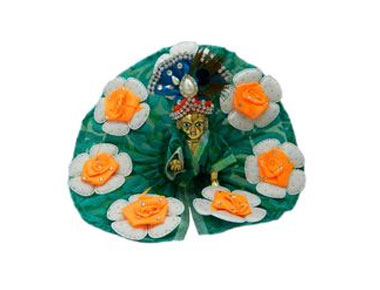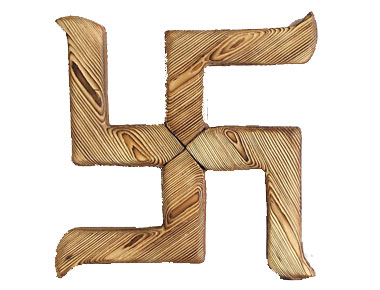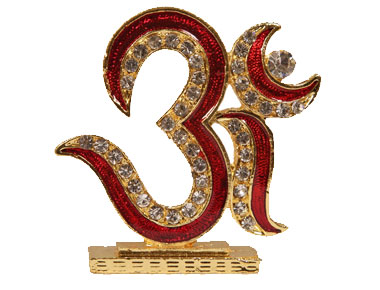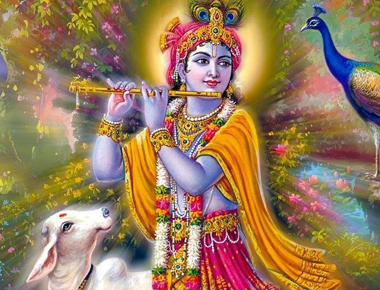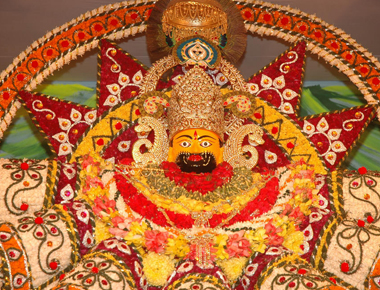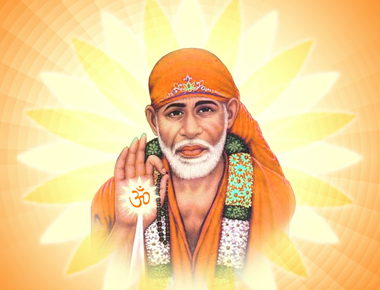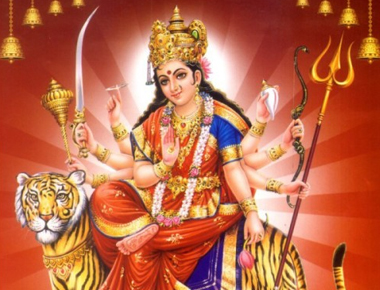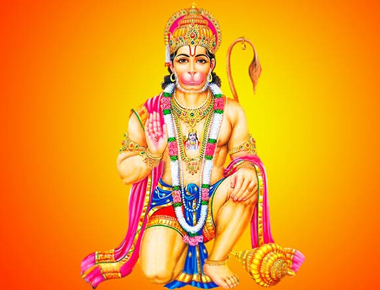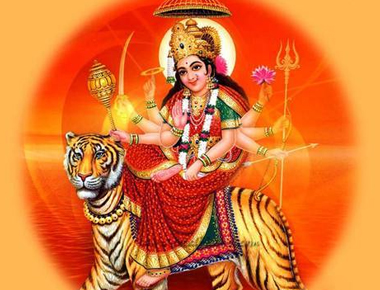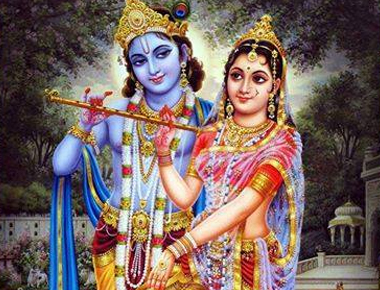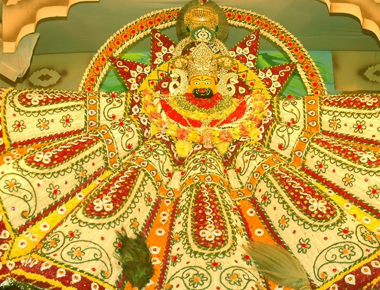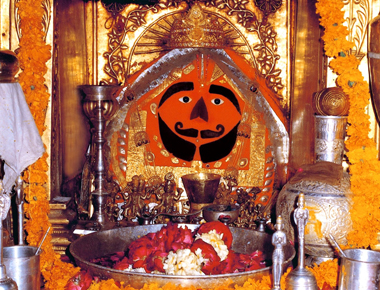- Description
-
Details
Introduction
Rudra is one of the many names of Lord Shiva. Performing a Puja for the Rudra avatar of Lord Shiv with all proper rites and rituals is known as Rudrabhishek Puja. It is one of the most ancient practices followed by Hindus worldwide. This Puja is aimed to appease the Rudra form of Shiva so as to attain inner peace and fulfillment.
Importance and Significance of Rudrabhishek Puja
Many Vedic scriptures have stressed upon the Rudrabhishek Puja as the remover of all evils. All planets affecting people’s horoscopes have been born from the rage of Lord Shiva. So if one wishes to do away with the ill effects i.e. Doshas of the planetary positions, one can definitely do a Rudrabhishek Puja. Two kinds of energies exist in our world – positive and negative. Positive energies exist in the form of good health, happiness, love, joy and prosperity whereas negative energies exist in the form of ill health, depression and poverty. The Rudrabhishek Puja helps in transforming these negative energies into positive ones.
Benefits of Rudrabhishek Puja
The Rudrabhishek Puja is done primarily for
- Success in education, job and career
- Harmonious relationships
- Elimination of financial troubles
- Removal of doshas
- Bringing peace and harmony in our abodes
- Elimination of health related issues
- Blessing a person with a healthy mind and positive spirit
History and Stories
Legends and Vedic Scriptures have claimed that this Puja is being done since the Treta Yug. This Yug belonged to Lord Rama who was the seventh avatar of Lord Vishnu. Lord Rama was known to be a Bhakt i.e. devotee of Lord Shiva. For this Rama did a Sthapna of a Shiv Lingam as an expression of his devotion. Since then people offer flowers, milk, belpatra etc. to the Shiv Linga as a method of doing the Rudrabhishek Puja.
Occasions to do a Rudrabhishek Puja
- The Rudrabhishek Puja is as noble as the Lord in whose name this Puja is done. Whenever any person faces any sort of difficulty in life, a Rudrabhishek Puja can be done.
- This Puja helps to fulfill all wishes and the Yagya/Hom burns within itself all the negativities and difficulties of life. It is said to be a destroyer of all evil forces, harmful elements and probable dangers.
Rudrabhishek Puja Vidhi (Procedure)
- Primarily, this Puja comprises of doing the Abhishek of the Shiv Linga using 11 ingredients. The ingredients include unboiled milk, water, Gangajal, coconut water and Panchamrit. Other Samagri for Rudrabhishek Puja include Ghee/Oil Diyas, Dhoop, Agarbatti, Karpur, Akshata, Belpatra, Supari, Coconuts, flowers and sweets. These ingredients are offered with a lot of love and gratitude. While doing so people chant the 108 names of Lord Shiva.
- The Shiva Linga has to be placed in the correct direction after which the Karta i.e. the primary worshipper has to ideally smear ash (Bhasm).
- After this he should wear a Rudraksh mala. One by one all the ingredients should be offered to the Linga.
- The karta then has to offer coconuts, fruits, flowers, sweets and belpatra to the Lord..
- Incense sticks and Dhoop should be lighted to fill the room with a divine fragrance.
- The flame of the diyas helps brighten the room. While chanting the 108 names, the camphor should be burnt to cleanse the air and bring in the divinity in the aura around..
Rudrabhishek Puja Muhurat
The month of Shravan is considered to be one of the holiest months in the Hindu calendar for the devotees of Lord Shiva. The Mondays i.e. the Somvaar of Shravan are considered even more auspicious as Monday is the day of Lord Shiva. The name Somvaar comes from one of the names of Shiva i.e. Somnath. Many people observe fasts on these Mondays. The month of Shravan also marks the onset of the Chatur Maas or the Four Holy Months. Rudrabhishek Puja can be done on any day suggested by the Pandit but doing it in the month of Shravan and especially on a Monday in that Holy month is known to give manifold benefits.
In the year 2016, for the North Indians who follow the Purnimant calendar, as per Hindu Tithis, Shravan shall commence on Wednesday, 20th July 2016 and conclude on Thursday, 18th August 2016. This period shall see four Mondays – 25th July, 1st August, 8th August and 15th August. In the year 2016, for the West and South Indians who follow the Amavasyant calendar, as per Hindu Tithis, Shravan shall commence on Wednesday, 3rd August 2016 and conclude on Thursday, 1st September 2016. This period shall see four Mondays – 8th August, 15th August, 22nd August and 29th August.
- Reviews
-
Quick Response
Please Contact Us

